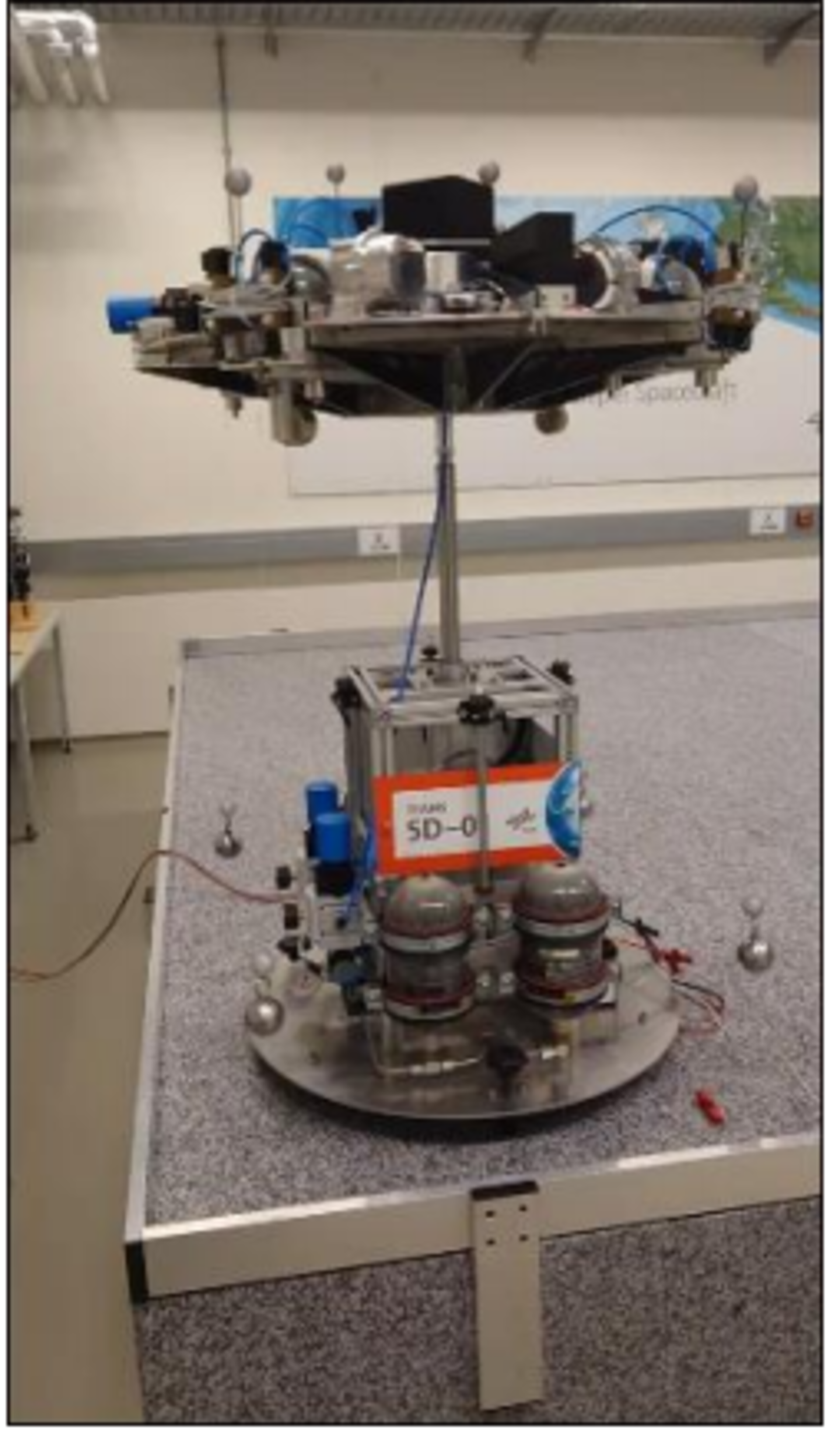How to stop flexible spinning spacecraft from bouncing?
Many mission studies come up against a similar problem when they use flexible spinners with long booms. One specific candidate study, for the THOR M4 mission, showed that significant science downtime is needed for the 50 metre wire boom oscillations to steady after the delta-V burns.
A TDE activity with Airbus UK, Airbus Germany and DLR, Germany, has assessed whether or not it is possible to actively damp these oscillations to improve the science availability.
The activity investigated what active control techniques could be applied to spinning flexible spacecraft to achieve this improved performance and robustness. To study the outcome, the activity created hi-fidelity simulation models that captured the relevant dynamics and typical elements that are embarked on such spacecraft.
Once a design was deemed successful, the activity conducted physical tests to verify the robustness.
Hub accelerometers were shown to provide poor wire motion observability, while strain gauges using piezoelectrics or fiber-optics were deemed more promising solutions.
While some of the oscillation remained uncontrollable due to the thrusters on the main spacecraft body, the activity was able to reduce the wire settling time (and, in turn, the science outage) from days to under two hours – vital when the next flexible spinning spacecraft (a format that re-occurs regularly in ESA and NASA missions) is proposed.
T205-032EC closed in 2021.















 Germany
Germany
 Austria
Austria
 Belgium
Belgium
 Denmark
Denmark
 Spain
Spain
 Estonia
Estonia
 Finland
Finland
 France
France
 Greece
Greece
 Hungary
Hungary
 Ireland
Ireland
 Italy
Italy
 Luxembourg
Luxembourg
 Norway
Norway
 The Netherlands
The Netherlands
 Poland
Poland
 Portugal
Portugal
 Czechia
Czechia
 Romania
Romania
 United Kingdom
United Kingdom
 Slovenia
Slovenia
 Sweden
Sweden
 Switzerland
Switzerland

























